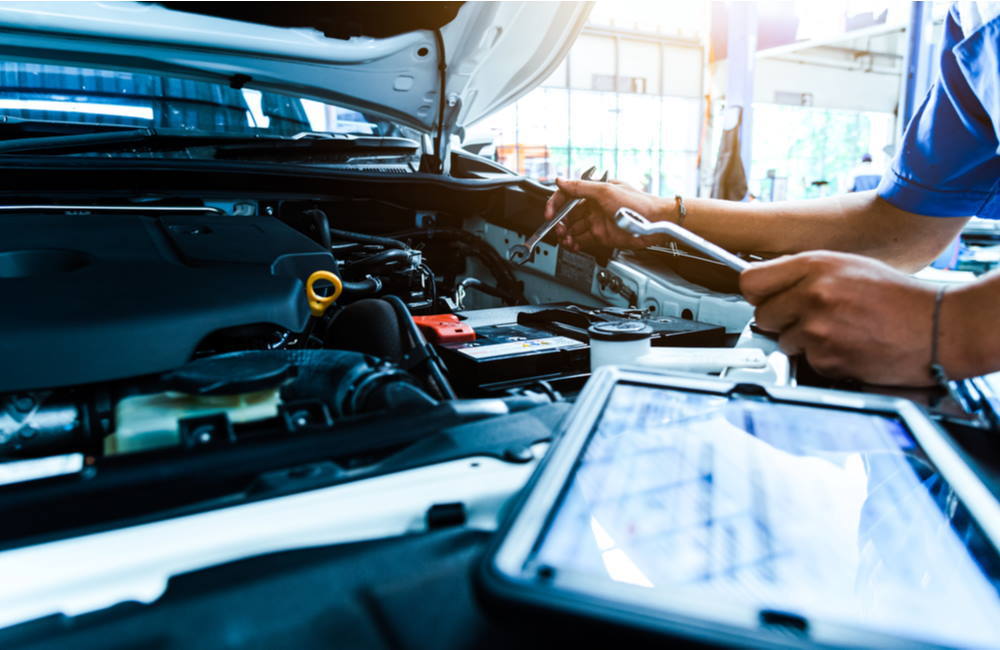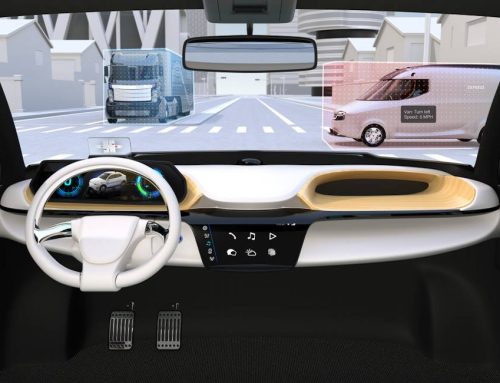For those who manage government fleets, municipal fleet management safety ranks at the top of priorities. Managers increasingly turn to telematics to not only make their fleets safer, but also to make them more efficient and effective in delivering services to the public.
Advanced technology that employs connected, telematics devices on fleet vehicles can improve municipal fleet management safety in a number of ways. Those include issues such as coaching drivers, setting up effective vehicle maintenance schedules that prevent breakdowns and accidents, the ability to better monitor MVR records and systems that can prevent rear end collisions and other common crashes and collisions.
Developing a Fleet Risk Management Plan
To ensure municipal fleet management safety, managers can create a fleet risk management plan that acts as a guide for safe operations and seeks to better manage physical and regulatory risks for fleets.
The range of risks differs depending on what the fleet transports, but typically they include meeting all local, state and federal regulations as well as a strong fleet maintenance and driver safety plan. Telematics can help fleets manage these issues better and in the most cost-efficient way possible.
Developing a fleet risk management plan that makes use of advanced technology allows municipal fleet managers to better protect employees, clients and assets.
Get a Free Demo & Estimate Now
Ways Telematics Improves Fleet Management Safety
Municipal fleet managers work under constant pressure to streamline operations while still meeting the needs of the pubic. Telematics offers the ability to automate many important parts of fleet operations, helping fleets achieve both better safety standards and increased efficiency.
Driver Coaching
Software systems connected to dash cams can monitor the actions of drivers, including dangerous behind-the-wheel behaviors such as speeding, distracted driving and drowsy driving. These systems alert drivers in real-time when they engage in these behaviors. They also give managers information on areas where each individual driver needs further training.
MVR Records
Connected systems also allow fleets to monitor MVR (Motor Vehicle Report) records. This allows fleets to track a variety of driver-related issues, including speeding tickets, moving violations, DUI charges, and license suspension, revocation or expiration.
Maintenance Schedule
Telematics support a better functioning fleet in two main ways. Telematics devices in each vehicle monitor engine and drive system performance, providing a real-time alert when a potential problem is detected. They also can set up automated maintenance schedules for each vehicle that keeps fleets ahead of mechanical problems. Both help fleets avoid costly and dangerous on-the-road breakdowns.
Collision Avoidance
Automated software systems help drivers get the few seconds they need to avoid crashes and collisions with other vehicles. Systems such as Mobileye support safer driving with speed limit indicators, forward collision warning, pedestrian detection and warning, headway monitoring and warning, and lane departure warning. These systems also provide distracted driver solutions that keep drivers alert and focused on the road when behind the wheel.
Taken together, these telematics systems allow managers to leverage the possibilities of innovative technology to improve municipal fleet management safety. They provide fleets the ability to achieve performance and safety goals by focusing on the most important issues affecting both vehicles and drivers.










